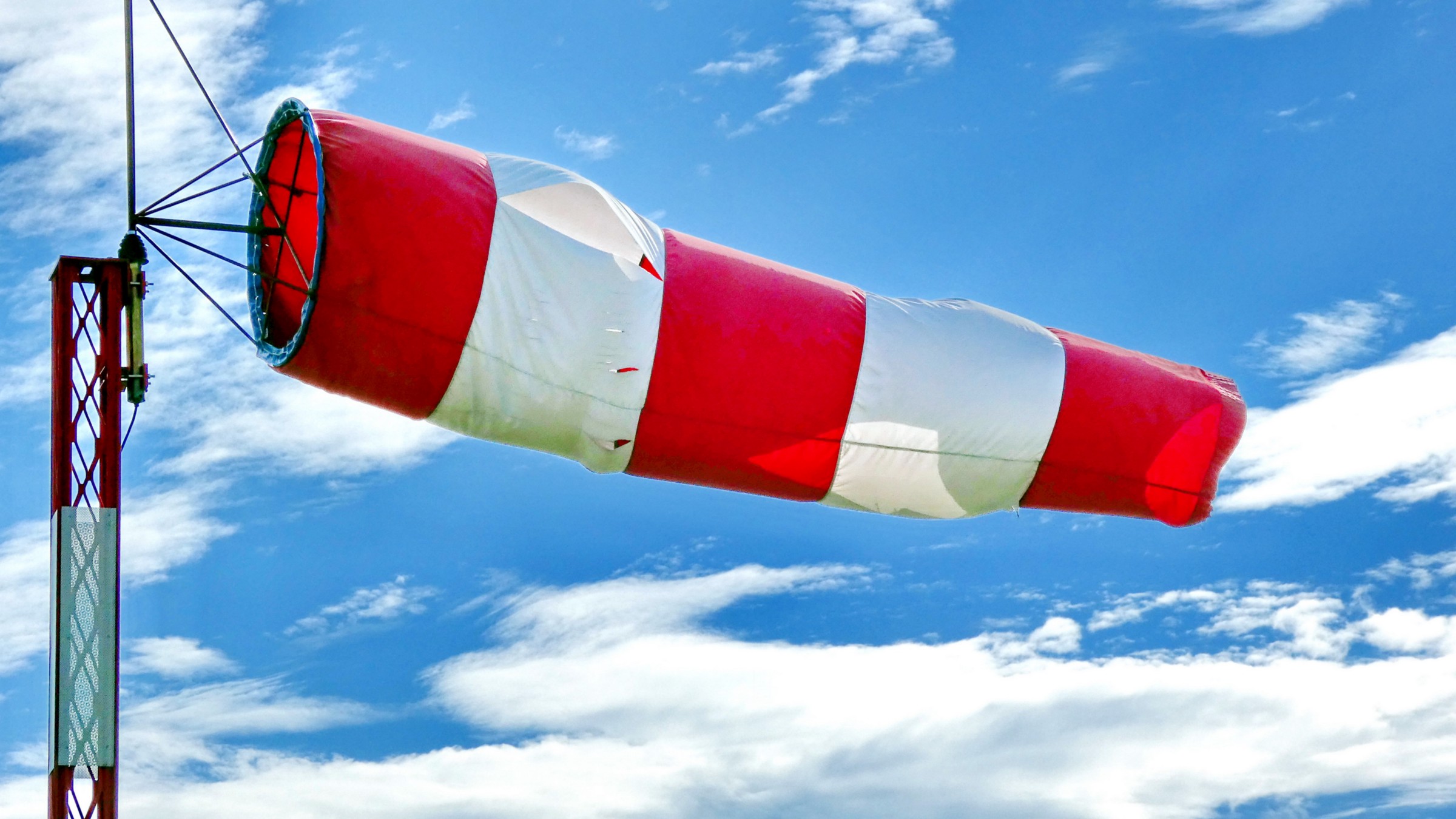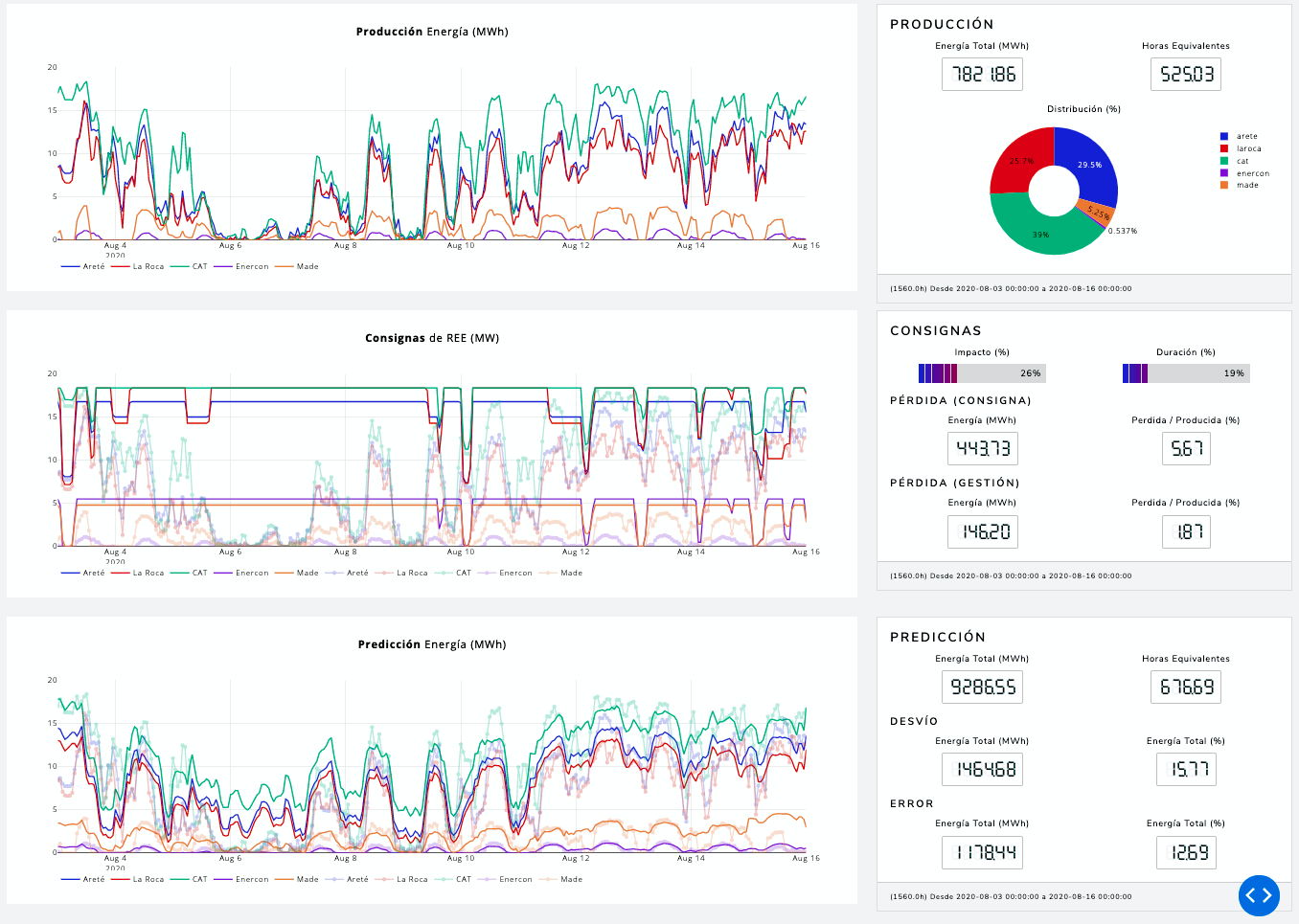Predictive System for Energy Consumption and Generation
Details
Acronym: DELFOS
Partners: Instituto Tecnológico y de Energías Renovables
Duration: 2020-2022
Budget: Internal
Financimg: Internal
Overviwe of the project
One issue hindering more aggressive growth in energy markets is the lack of efficiency in energy generation, consumption, and storage. The continuous increase in renewable energies in the energy mix adds more randomness and complexity to the system due to its dependence on environmental circumstances. The development of new, more precise, and scalable procedures to forecast the evolution of demand and production would allow for better planning and operation of the various elements that make up the system.
ITER sells the energy produced by its facilities in the national electricity market through an authorized trading company. To maintain coherence between the forecasted energy production and what is subsequently delivered to the trading company, estimates are required over a time horizon ranging from 24 to 120 hours.
The estimated value provided by the energy supplier is critical because the closer it is to reality, the lower the deviation costs will be in the energy selling price, and therefore, the higher the revenue from its sale.
Furthermore, knowing in advance the energy production forecasts over longer time horizons – weeks or months – adds value when planning maintenance for the installed equipment. These forecasts will help identify time frames in which a production stoppage has a lower impact.
The objective of this project is to minimize the error in the prediction of exported energy to obtain the most accurate estimate possible of the amount of energy delivered to the market, both from the wind farms and the photovoltaic plants, thereby minimizing the penalty incurred with differences between communicated forecasts and delivered energy.
Historically, a statistical model based on a polynomial curve has been used, resulting in a value that often differs significantly from the energy delivered in the next 24 hours. Through the development and subsequent execution of predictive algorithms, estimations of time series will be generated at different time horizons, both for the generation of different renewable energy sources and for the consumption of energy at ITER facilities. Historical data on generation and consumption obtained from various energy meters and meteorological prediction data will be used to feed time series prediction models.


